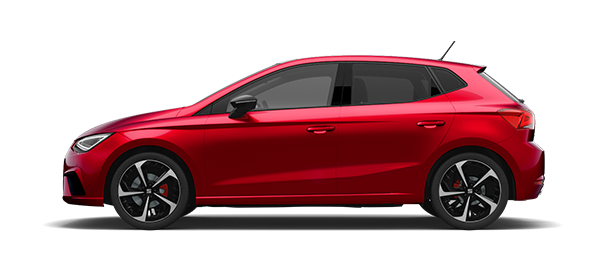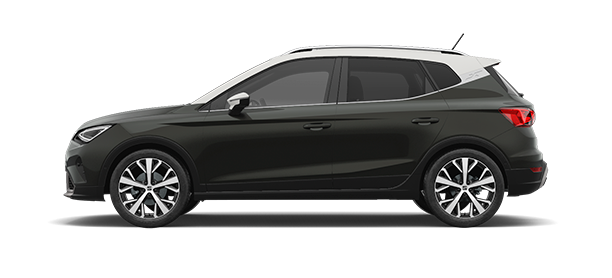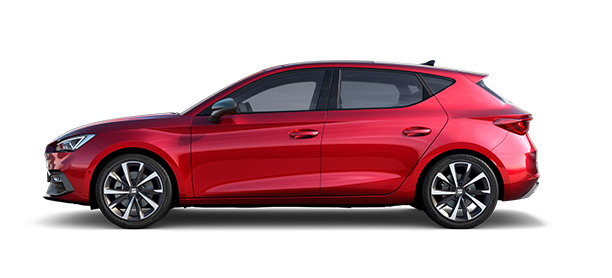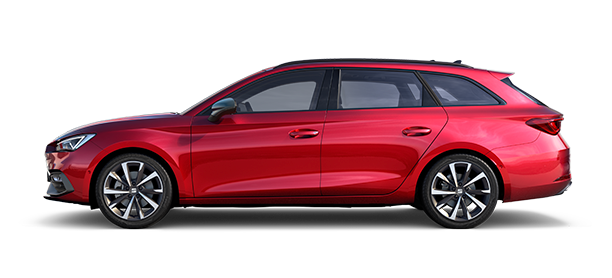With tighter emission regulations and a greater focus on sustainability, hybrid cars have become a smart choice for drivers looking to lower their ecological footprint without sacrificing performance. But did you know there are different types of hybrid cars?
Each hybrid technology offers unique benefits and drawbacks, from fuel-efficient mild hybrids to plug-in hybrids (PHEVs) that allow for driving akin to fully electric vehicles. Understanding these differences is key to finding the right hybrid vehicle for your needs.
In this guide, we’ll break down the main types of hybrid cars so you can make an informed decision.
mHEV: Mild Hybrids for Improved Efficiency
Mild Hybrid Electric Vehicles (mHEV) are a great choice if you’re looking to boost fuel economy and efficiency without changing your driving habits. mHEVs use a small electric motor to assist the combustion engine during acceleration, reducing fuel consumption and emissions.
However, the electric motor in an mHEV isn’t strong enough to drive the wheels on its own. Instead, it works alongside the engine to maximise efficiency and performance, during periods of acceleration, when more power is demanded from the engine as well as during stop-start situations. The batteries are recharged automatically through regenerative braking.
Pros:
- Better fuel economy
- Reduced emissions
- No need to plug in; the batteries are self-recharging
Cons:
- No electric only mode
- Limited benefits compared to full hybrids or plug-in hybrids
For those seeking an affordable and efficient hybrid option, mHEVs offer a great balance of cost and performance. Explore our range of mild hybrid cars today.
HEV: The Simplicity of Conventional Hybrids
Hybrid Electric Vehicles (HEV) are a popular choice for drivers who want a car that uses two power sources: the combustion engine and the electric motor. Unlike mHEVs, full hybrid vehicles can drive using electric power alone, although for short distances.
HEVs are self-charging hybrids, meaning the battery recharges itself during braking and from the combustion engine. This makes them convenient for drivers who prefer not to plug in their cars.
Pros:
- Versatile driving modes: electric, combustion, or hybrid.
- Self-charging: No plug-in required.
- Lower emissions compared to traditional vehicles.
Cons:
- Limited electric range and speed compared to plug-in hybrids.
- Less innovative compared to newer technologies like PHEVs.
SEAT prioritises mild hybrids and plug-in hybrids as they provide greater benefits for our customers, including better performance and sustainability.
PHEV: The Next Level of Hybrid Technology
Plug-in Hybrid Electric Vehicles (PHEV) represent the next step in hybrid technology. PHEVs combine the combustion engine with a powerful electric motor, offering longer electric-only trips. The batteries can be recharged by plugging into an outlet or through regenerative braking.
PHEVs allow for electric driving on medium commutes, making them perfect for city driving without using fuel. When the electric charge runs low, the combustion engine kicks in automatically, ensuring there’s no range anxiety.
Pros:
- Extended electric-only mode for medium commutes.
- Can be charged at home or at public charging stations.
- Enhanced power and efficiency.
- Fast charging enables quicker recharges for more electric driving while boosting fuel economy for greater cost savings.
Cons:
- Requires access to charging infrastructure.
- They are more expensive than mild hybrid electric vehicles (mHEVs).
With an electric range of up to 133 km and the ability to reach motorway speeds, PHEVs are perfect for those who want the best of both worlds - electricity for daily use and petrol for longer journeys.
Explore our range of plug-in hybrids and enjoy their flexibility
ICE vs. PHEV: Which is Better?
Thinking about switching from an internal combustion engine (ICE) vehicle to a plug-in hybrid (PHEV)? Here’s why PHEVs are the better option:
- Dynamism: PHEVs offer quicker acceleration thanks to the electric motor.
- Efficiency: Lower CO2 emissions lead to savings on taxes and fees.
- Range confidence: PHEVs can switch to the combustion engine when the battery is low, eliminating range anxiety.
- Daily savings: With an electric range of over 133 km, you can handle most daily drives without using fuel.
- Flexibility: If the battery runs out, the combustion engine ensures your journey continues.
PHEVs also offer benefits such as access to low-emission zones, intelligent hybrid functionality, and the ability to choose between electric power and combustion modes.
Which Hybrid Car is Right for You?
Your choice between mild hybrids, HEVs, and PHEVs depends on your lifestyle:
- mHEV: Perfect if you want improved fuel efficiency without changing driving habits.
- PHEV: Ideal for those seeking longer electric-only range with the option of petrol for extended trips.
At SEAT, we offer a range of hybrid vehicles designed for every type of driver. Learn more about our hybrid cars for sale and find the perfect fit for your needs.











